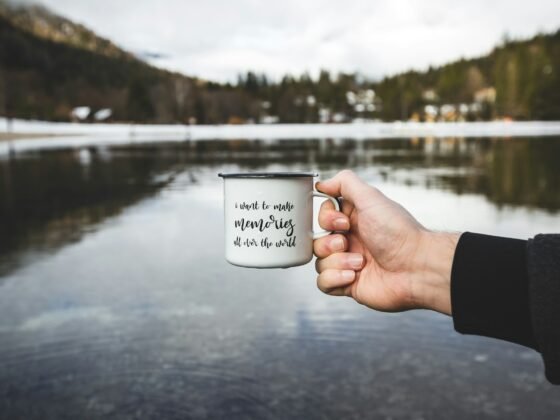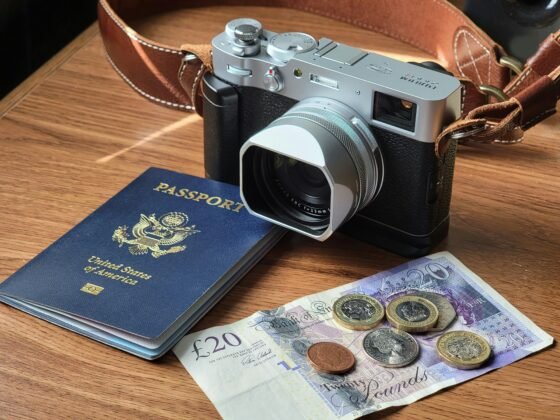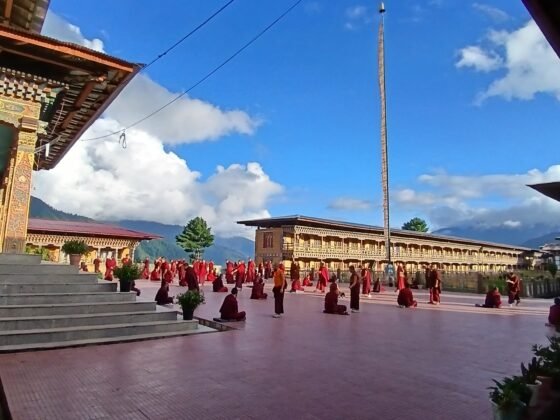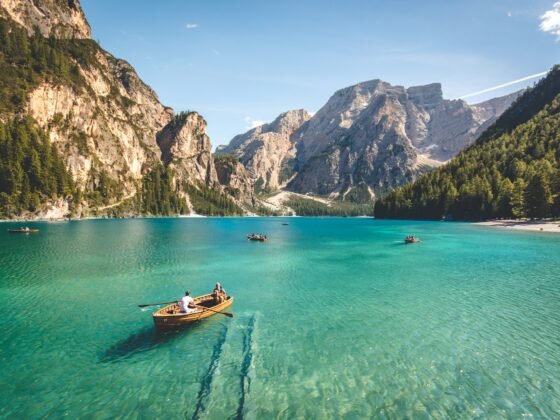One of India’s greatest parks for photography is Ranthambore, with its varied and stunning scenery, superb light, and comparatively easy tiger sightings. It makes sense that some of the greatest photographers in the world frequent it.
When you go for a ranthambore national park online safari booking, you are assigned a zone when you make your safari reservations, and you must remain in that zone for the duration of your jeep safari. Photographers may find this uncomfortable because it’s crucial that they capture the correct zones, which can change from time to time. To get around this, you could schedule eight or ten safaris to view as many zones as you can. Alternatively, you can reserve one of the unique safaris, which run from dawn to dusk and are not zone-specific. They are much more costly, but the investment is well worth it.
- Tigers tigers everywhere
Thanks to the dry nature of the reserve, on an average a photographer should be able to get at least a few good tiger photography opportunities in 3-4 days. When we say good opportunities, we mean great sightings in good light for at least 15 minutes.
- Low angles and topography
This implies that wildlife photography is being done from a significantly lower vantage point, producing far more striking eye-level images. Ranthambore’s low angles distinguish it from many other Indian tiger reserves.
- Vivid Backgrounds
This forest undergoes a monthly or so colour change. It changes with the seasons, going from a rich green in October to a range of yellows and reds in the winter (late November to early February) and yellows and browns in the summer (March to June). This setting is further enhanced by the historic ruins scattered around the park. The open woodland is quite beneficial for seeing and taking pictures of wildlife.
- Way more than just tigers
It is the world’s greatest location for Sambar deer photography. Excellent photos of ungulates, birds (especially those that favour drier habitats), landscapes, historic monuments in the rainforest, etc., can be obtained. Thus, if you are unable to locate a cooperative tiger for your photos, there are plenty of other captivating themes to choose from.
- Booking jeeps is a challenging task.
Due to high demand, only a few number of jeeps are allowed entry into the park, and reservations are made well in advance. Canter “safari buses” aren’t the best for taking pictures. In addition, there are other passengers in the Canter, and they might all be going simultaneously. They provide a better vantage point than jeeps. Canters are ideal for large groups of photographers since they provide a consistent experience and are much easier to schedule.
- A few good guides
In Ranthambore, there are a select few (a very small number, in my opinion) really good guides and drivers who know the local light, angles, shooting techniques, and can reasonably forecast what will happen next. If you are not travelling with one of them, your experience might not be as good.
Points To Remember
Several pointers for capturing wildlife images at Ranthambore:
- Equipment: I would advise bringing at least two lenses: a telephoto or zoom lens (I use a Nikon 200-400 mm), and a wide lens (I use a Nikon 24-70 or 28-300 mm). Super telephotos (500, 600, or 800 mm) are fantastic, but they are not very useful when photographing tigers. Although I do have a Nikon 600 mm, I don’t often use it in Ranthambore. The optimal range for tigers is often between 100 and 400 mm, therefore Ranthambore is a great place to use the 100-400 or 80-400 mm lenses. It is advisable to have a minimum of two camera bodies with you, along with a dustproof bag to store everything.
- Accessory items: Since you cannot obtain any of those items here, bring along all the cards, hard drives, plates, cells, and other items you believe you will require.
- Support: Although tripods are fantastic, they cannot be used on jeeps or canters unless the car is modified. You should still bring the tripod, though, as it is useful outside of the national park.
Conclusion
The illumination in Ranthambore National Park varies greatly depending on the time of day due to its steep terrain. But if you plan well and the stars are in your favour, you can get some gram-worthy pics for sure.
Image: Hrishikesh Gangoli, Unsplash












